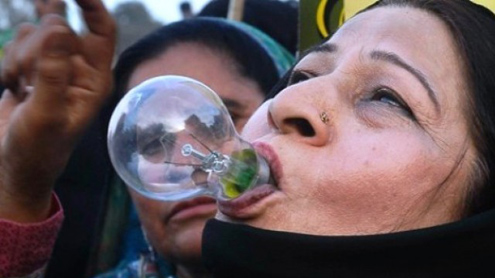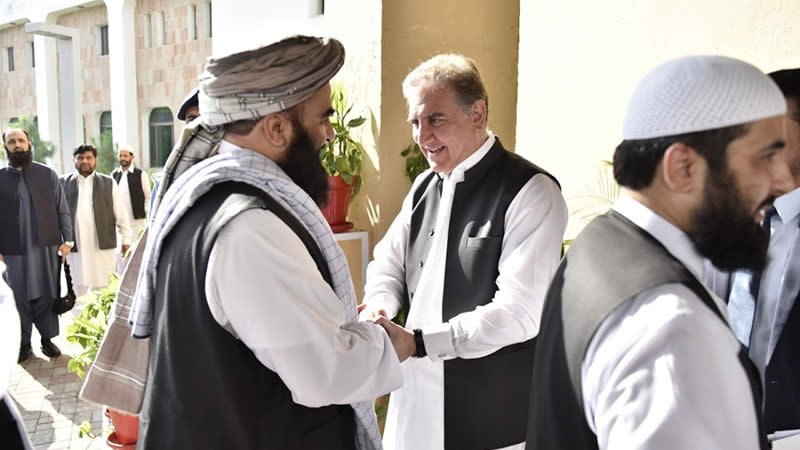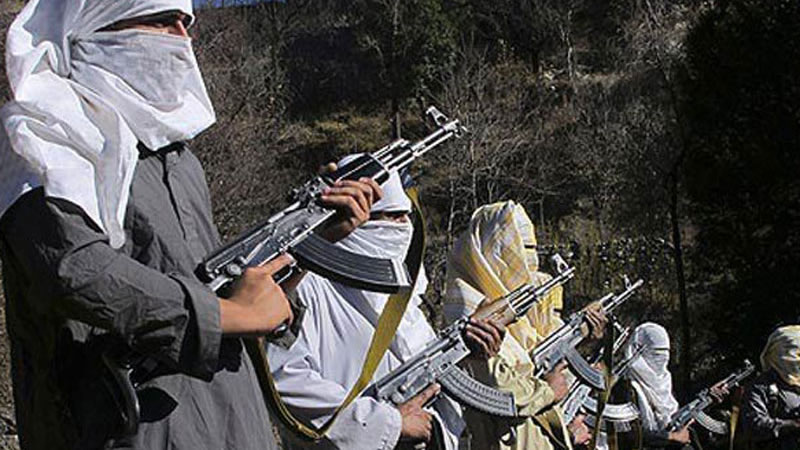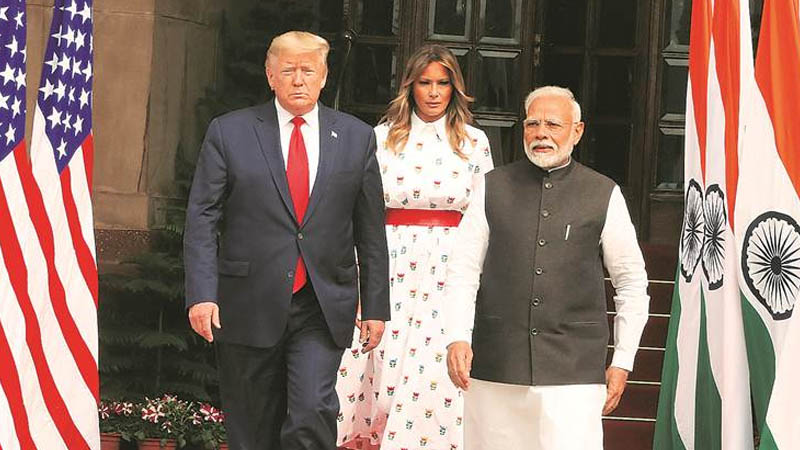
Another energy conference is planned for today. Another Rs 8 billion has been released to PEPCO for distribution to fuel-starved powerhouses.
Another order is issued to the Ministries of Power Petroleum and Finance by the president to bottle the genie gone berserk in the shape of a severe power shortage rising to 8,500 MW and largely affecting Punjab and Khyber Pakhtunkhwa. There is nothing new in the steps taken so far by the government to overcome the power crisis that has compelled the suffering people to come out on the roads and in their frustration and anger attack government buildings and the houses of sitting MNAs. Terming the violence as being backed by the PML-N does not absolve the government of its mismanagement, policy failure and botched up planning.
Similarly, it is no longer possible to blame the failures of the previous government to escape responsibility for the worsening mess. Four years should have been enough, if not to completely eliminate then at least bring the power crisis down substantially. According to an estimate, nearly Rs 12 million worth of losses have been incurred in a day due to the violence that saw people attacking banks, WAPDA offices, police stations, petrol stations and public and government vehicles. Joining the bandwagon, the All Pakistan Traders Association has announced a nationwide campaign and strikes from June 23 if load shedding continues at its present level.
The attack in Khanewal on the house of an Advisor to the prime minister and in Chichawatni on the house of a sitting PPP MNA is sending a message that the government is losing its grip. This is not a good omen for it, especially in an election year. Not surprisingly, the government has been trying different options to handle the power issue. Naveed Qamar, the former minister for power, was shown the door for his inability to deal with the crisis. Though it is too early to expect any wonders from the new minister, Ahmed Mukhtar, probably still adjusting to his new role, the argument that even a layman knows what ails the power sector, in any case calls for swift action. It is the shortage of fuel that has restricted generation by the powerhouses.
The money needed to buy sufficient fuel is not available. Circular debt, as is well known, is a web that has tangled up the power generating houses so badly that sporadic injections of funds have failed to overcome it. Six powerhouses are completely shut down. Hubco and Kapco are generating half their capacity, 15 grid stations are not working. According to official estimates, the power sector needs around Rs 3 billion a day to buy fuel. Unfortunately, it is collecting only Rs one billion from consumers. Distribution companies have failed to meet government-set targets of recovery by 50 percent. Power theft adds its own contribution to the power shortage.
This crisis is a self-inflicted debacle. It is a policy failure. When the Supreme Court took up the Rental Power Plant case, the verdict mentioned absence of policy in cutting such a flawed deal. The question has arisen: who heads the power sector? Despite the prime minister’s directive to supply 207 million cubic feet gas a day to the power sector, the SNGPL and SSGPL express their inability to do so since they do not have the gas. How can such an important sector be subjected to such ad hoc decisions? The government has to come out of its fire-fighting mode, make a plan and then adhere to it. The exodus of foreign investment and the dwindling of domestic industry and commerce primarily because of the power crisis could lead the country to a serious economic meltdown.*-Dailytimes












